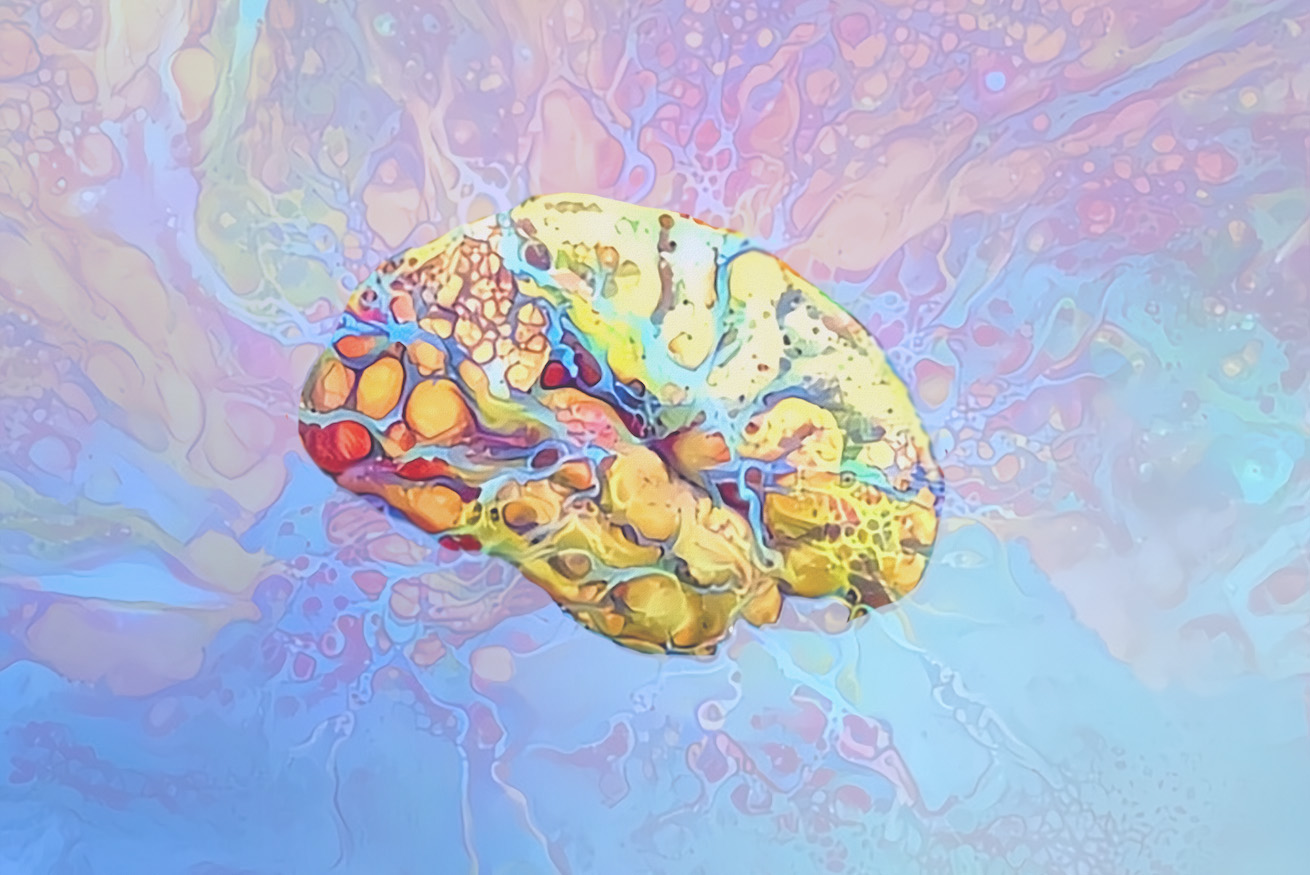
Psychedelic biotechnology company PharmaTher believes ketamine could treat yet another rare neurological condition — Status Epilepticus (SE).
The company has applied to the United States Food and Drug Administration (FDA) to receive orphan drug designation for ketamine to treat this condition.
Orphan drug designation is granted to drugs or biological products that show the potential to treat a rare disease, defined by the FDA as conditions that affect fewer than 200,000 people in the United States at any given time. This status provides various benefits and incentives to companies — such as market exclusivity, possible tax credits, and the waiver of the FDA New Drug Application filing fee, which usually costs about $2.4 million — to encourage the development of products to treat these rare diseases.
PharmaTher has already successfully achieved orphan drug designation for ketamine to treat amyotrophic lateral sclerosis (ALS), also known as Lou Gehrig’s disease, and complex regional pain syndrome (CRPS).
SE is a life-threatening condition where a person experiences a prolonged seizure, lasting more than five minutes or recurrent seizures (more than one within five minutes) where a person does not recover consciousness in between them. Usually, seizures do not last longer than two minutes. Most people with epilepsy have short seizures that stop by themselves, but sometimes the episode can last too long and become SE, requiring emergency treatment.
This condition is considered a medical emergency that could lead to permanent brain damage or death if not treated immediately. Sadly, the mortality associated with SE varies from 5% to 50%, depending on the study. In elderly patients, refractory SE (meaning the patient is resistant to first-line medications) causes death in more than 76% of cases.
SE can occur with any type of seizure, not just in people who have been diagnosed with epilepsy, and it can happen to people who have never had a seizure before. In adults, common causes are a stroke, head injury, or drug or alcohol abuse. Although there is a lack of epidemiological evidence about SE, it was projected in 2020 that the incidence of the condition in the United States, across all age groups, is anywhere between 18.3 to 41 people per 100,000 per year.
Early treatment of the condition involves benzodiazepines — a class of psychoactive drugs that lower brain activity, often prescribed to treat seizures, anxiety, and insomnia. However, about a third of patients with SE are refractory and continue to have episodes, requiring aggressive management of their condition with other medications.
However, PharmaTher believes ketamine can potentially treat various mental health conditions and pain and neurological disorders, including SE. “We are focused on expanding ketamine’s therapeutic utility in rare disorders and life-threatening conditions, including, but not limited to, Parkinson’s Disease, ALS, CRPS, and now SE,” explained PharmaTher CEO Fabio Chianelli.
“The FDA orphan drug application for ketamine to treat SE builds on our belief in the potential of ketamine to improve quality of life and to save lives.”





